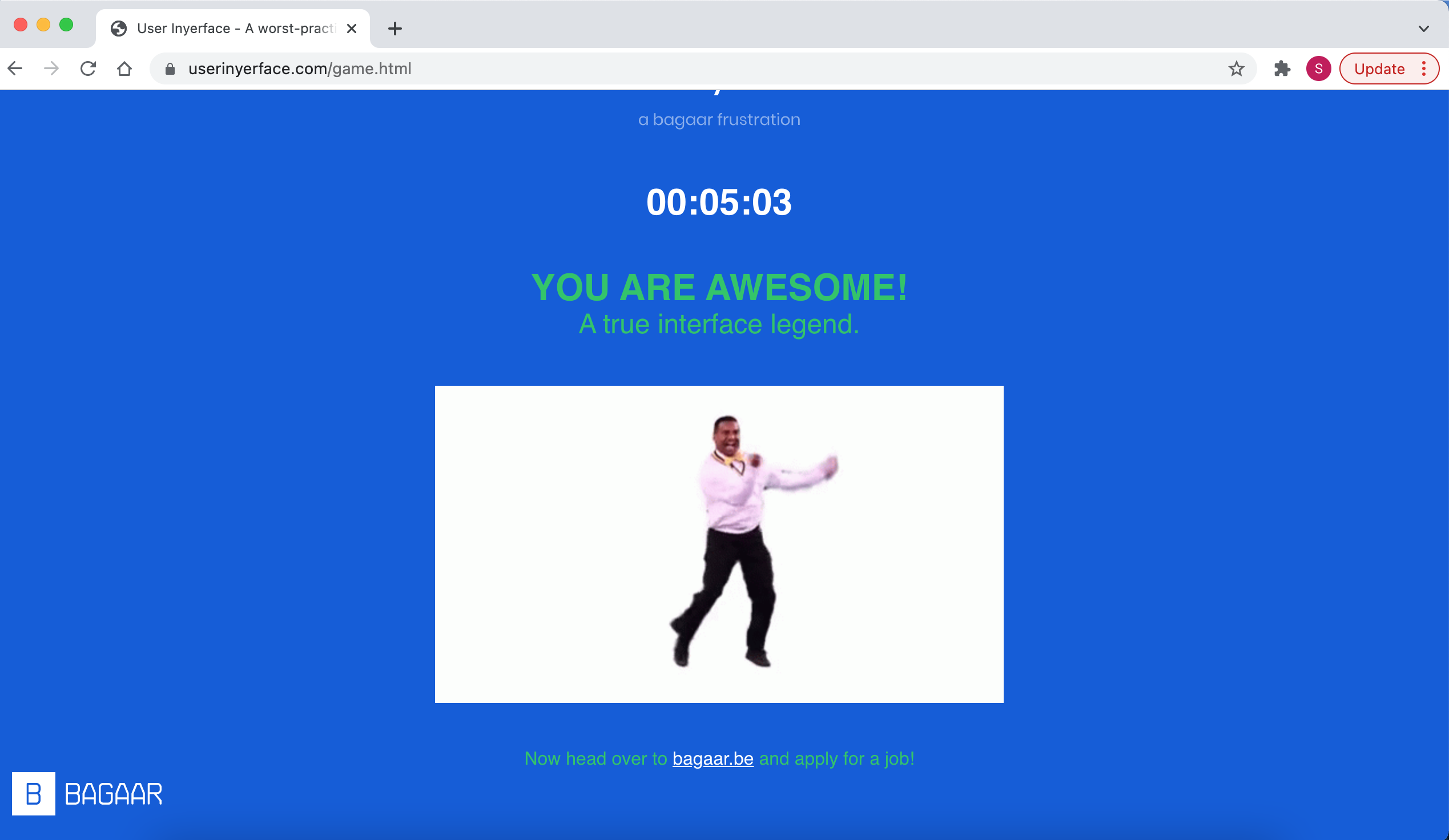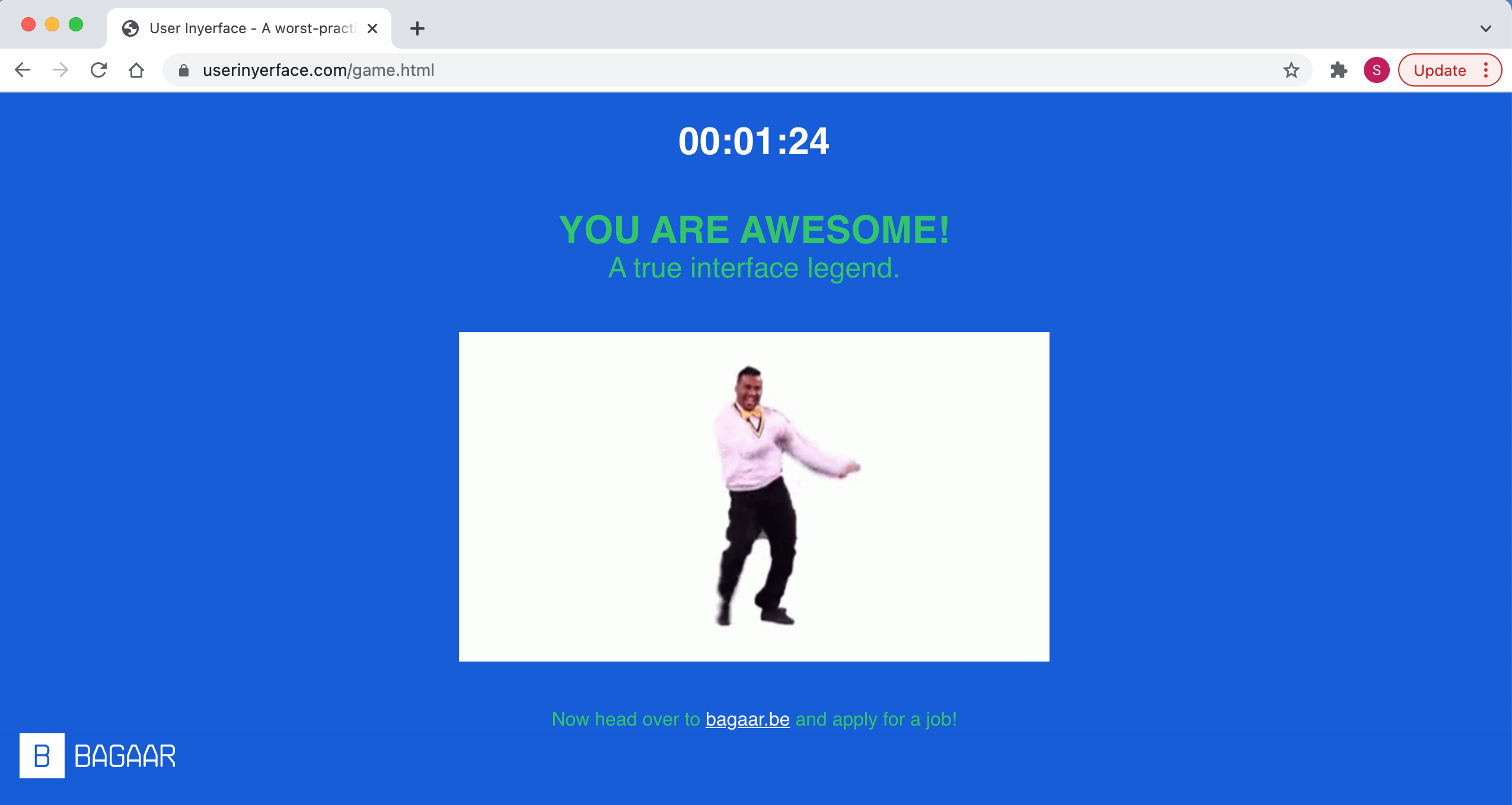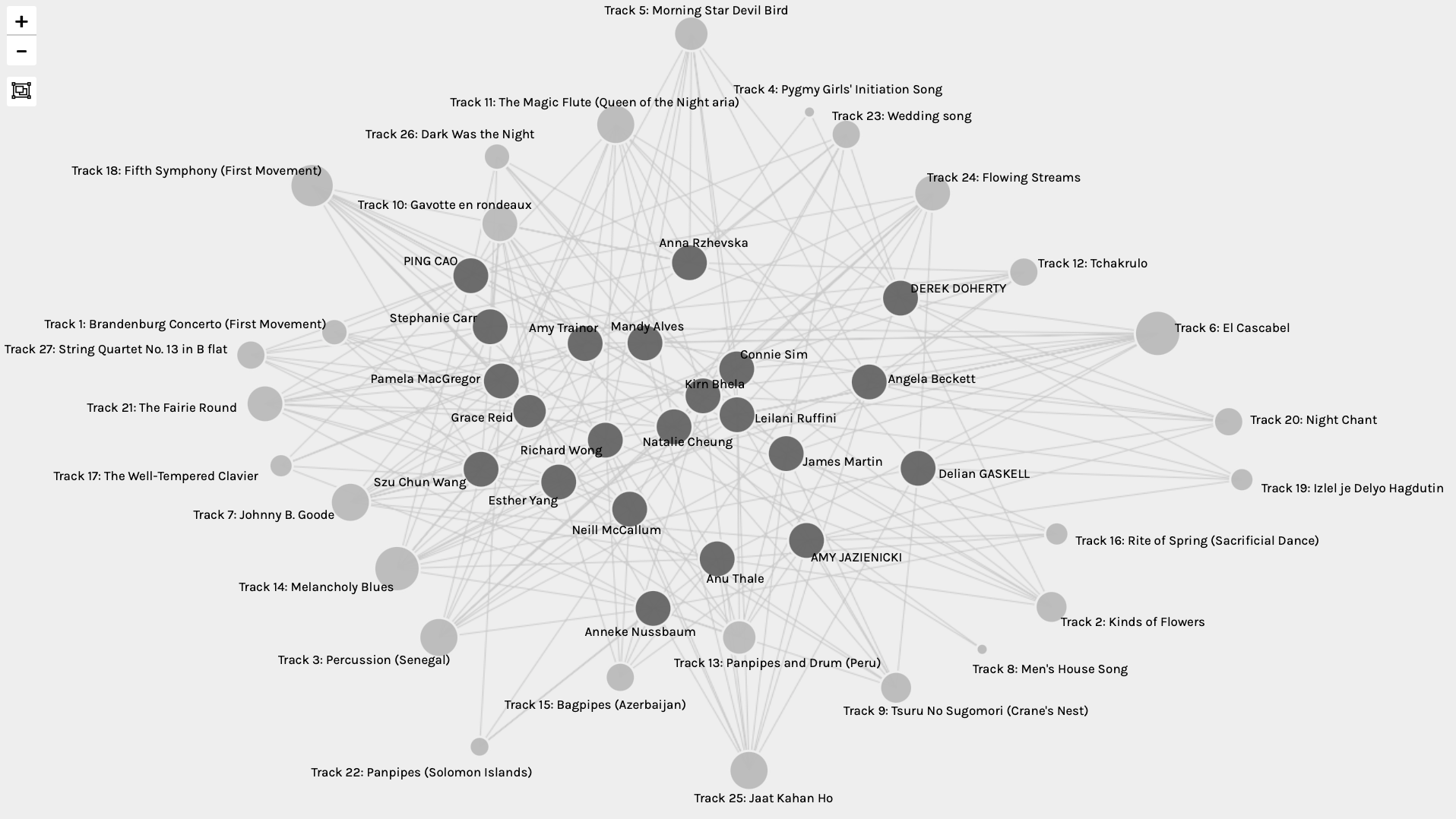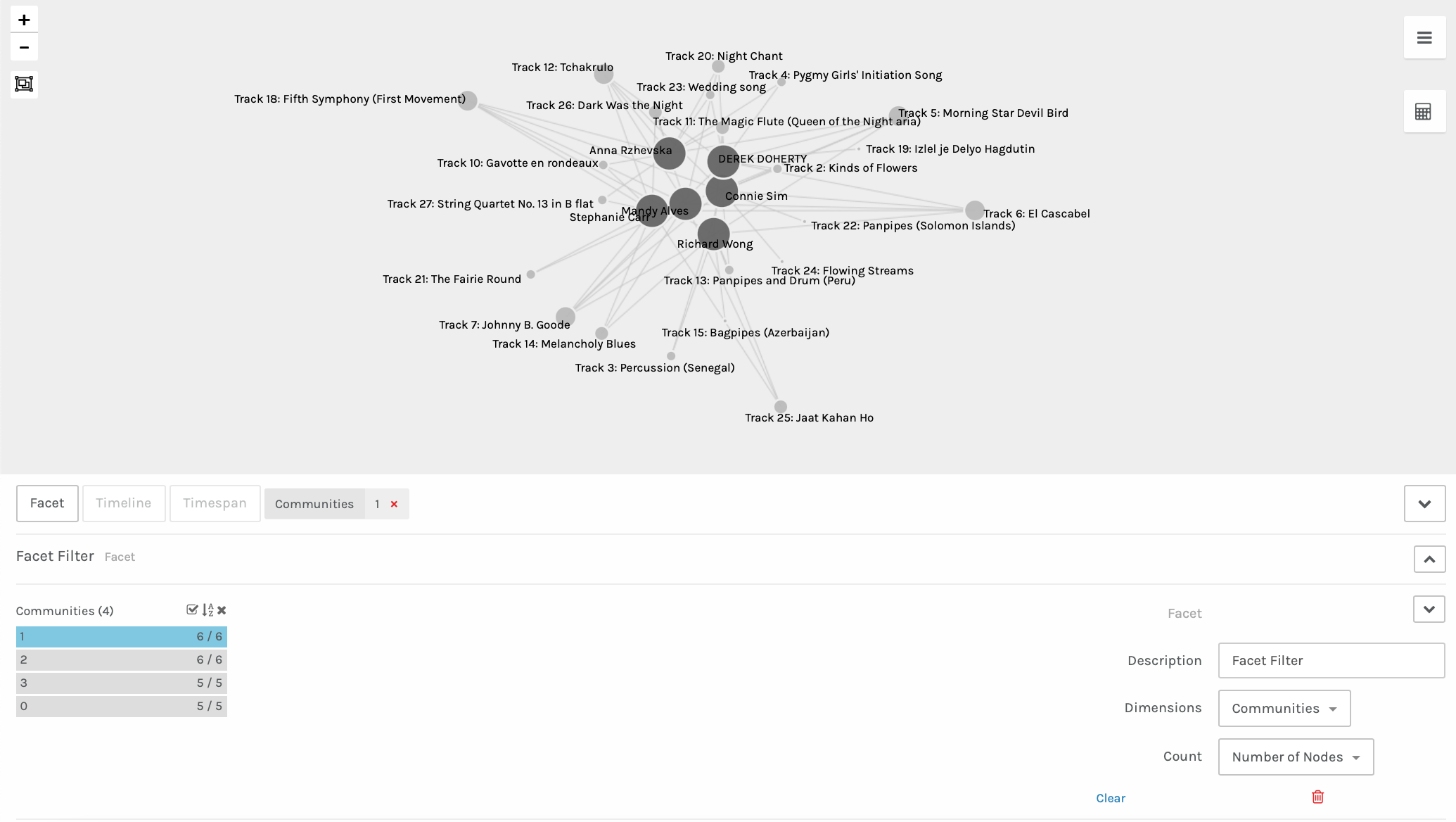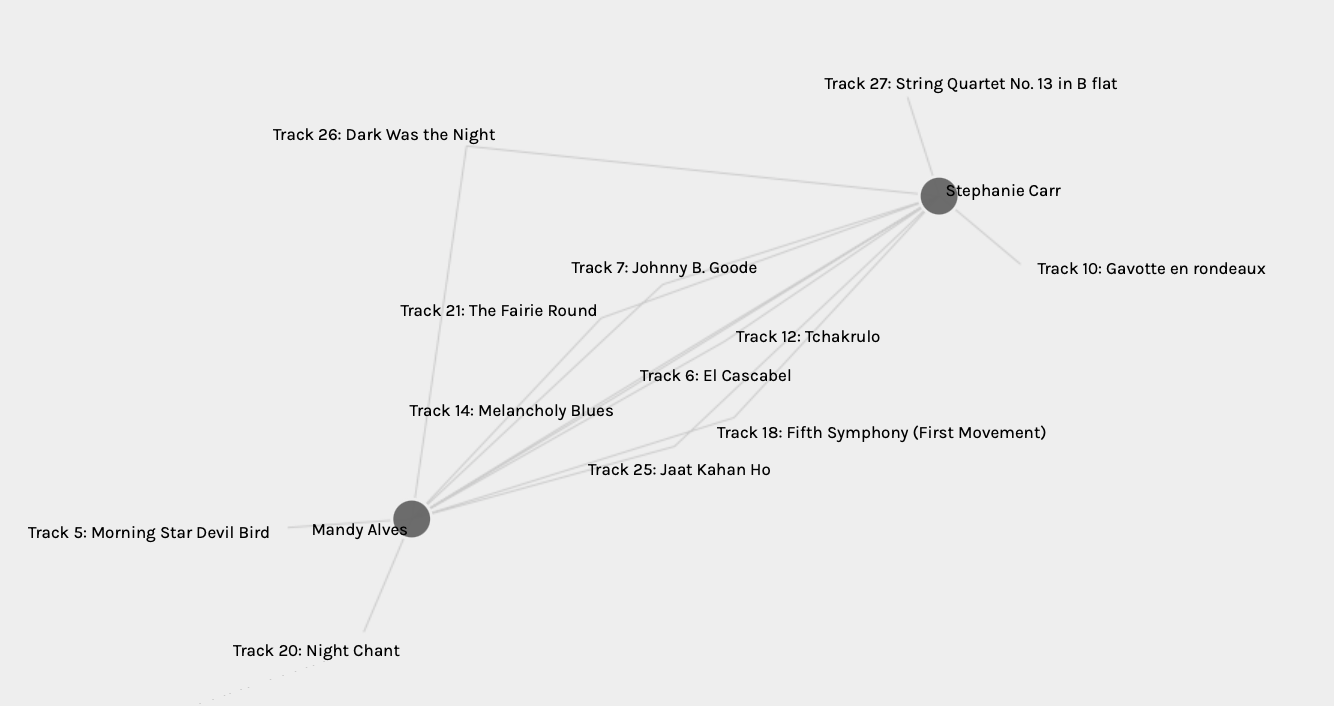Utopian
Source: Pintrest
In the year 2050, everything is technology based. Cars that used to run by gas no longer exist and are used as decorative pieces in the city as there is no more oil left in the world. There is so much more greenery and society is more ecologically sound and everyone is seen as equal. Education is free. Health care is free. Living is free. Everyone works together and helps each other out. Death still occurs but humans have this enriched technological body that lasts so much longer. Once your body vessel expires, it will be put back into the earth, but you will then turn into a digital form of yourself where you are able to occur on this earth in a pixelated form like a hologram.
As for transportation, there will be underground roads where all vehicles are computer driven and can fly and go in the water when needed. All buildings will be generated by renewable sources such as the wind, sun, and geothermal.
All beings are either human or robots. Humans will get chips inserted into their wrist that will be used for everything. This chip will act as the key to your house, locks/unlocks everything that it is programmed to, can also be used for payment ( like a credit card), your driver’s licence, all of your medical history, and it will be able to start up your self-driving car. With this chip, everything will be controlled. Your blood pressure, heart rate, steps taken, body temperature, blood levels to see if all your levels are okay, as well as calorie intake and outtake. If there is anything occurring that is out of normal, there will be a hologram that will show up right in front of you with your levels. This chip will also be able to detect any diseases or onsets, like a heart attack, that may occur. You will be able to get help before anything bad happens.
With the educational program in this utopian world, students and robents (robot students) are able to have access to everything technology based, such as iPad, computers, VR goggles, 3D printers and pens. EVERYTHING is available. Each student also has an Artificial Intelligent (AI) robot that is by their side to help with any questions possible. These AIs guide and tutor each student to make sure that they are up to their academic potential. Also everything in the building is command based with facial, retinal, and voice recognition. Teachers are also paired with an AI who helps them out with all of the tasks that need to be done, such as photocopying, laminating, prepping for lessons, tidying up, sanitizing the room, and communicating with parents by constantly sending them updates on their child.
A typical day for a human would look like this.
I wake up.
Stephanie: “Alexa, turn on the light, open the blinds, and turn the home temperature to 18 degrees Celsius.”
Alexa: “Yes, Stephanie.”
I get up and say good morning to my robodog, Bot, and to my AI housekeeper, Sir Chip.
I use the bathroom, and wash my face. Sir Chip lays out all of my toiletries to make my morning routines go smoothly. I place my face in this device that washes my face and brushes my teeth.
In the bathroom.
Stephanie: “Alexa, start the water for my shower and set the temperature to 26 degrees Celsius.”
Alexa: “Okay.”
After I get out of the shower.
Stephanie: “Alexa, stop the water and self-clean the shower.”
As I walk to the bathroom to my bedroom.
Stephanie: “Sir Chip, may I have pancakes for breakfast with tea and orange juice please?”
Sir Chip: “Of course, Mistress Stephanie. Can I get you anything else?”
Stephanie: “No, thank you.”
Sir Chip: “Very well then.”
I get into my bedroom.
Stephanie: “Alexa, find my clothes.”
Alexa: “What would you like to wear today, Stephanie?”
Stephanie: “Something comfy yet professional, please.”
Alexa: “Coming right up, Stephanie”
After getting ready, I eat my breakfast made by Sir Chip.
Stephanie: “Bot, fetch me the ipaper.”
Bot: RUFF RUFF
Stephanie: “Alexa, can you put on my morning music?”
Alexa: “Yes, of course.”
It is now time to go to work.
Stephanie: “Alexa bring my car to the front.”
Alexa: “Yes, Stephanie.
I lock the door to my home with my chip in my wrist. Then I unlock my car and jump in. My car drives and flies me to work.
When I get to work (which is at a school because I am a teacher), my AI robot has a hot soy chai waiting for me on my desk, along with any updates from the principal or parents. The classroom is full of technology and every student has their own rolling cart filled with all of the toys you could imagine. Days go by great as all students have their own AI for the support that they need. We all work together to make sure that all the students are successful in every single way.
Dystopian

Source: Pintrest
In the year 2050, all humans still have chips in their hands that would monitor everything we do, however, robots would be in control and watching our every move. Buildings and structures are all around with no greenery in sight. There is also a dome that covers the city where you must remain inside or else you will start to crumble into a million pieces.
All humans and robo-humans have digital numbers on them. In order to get ahead in life, the digital numbers will act as points. The higher your number, the better a person you are. The lower the number, the crappier the human you are in the eyes of the society you live in. Every time you do a good deed, you will earn points. Whoever you did the good deed for would be the one who is able to control your points with that interaction.
If you do something rude or not nice to other humans or seen by other humans, they would take out their phone, scan you, and take points away. Everyone around you controls your points. This will also determine how well you do in life. It is not about the money but about the points you earn on how others view you. Once you go down to a certain number of points, you get into the red zone. Once you get down to 0, you will blow up into pieces and the cleaning robots will scrape your flesh and blood off of the floor and walls.
Sounds simple enough to get a good person and do good deeds, right? Wrong. Your whole life and your movements are monitored and controlled. There are curfews, strict rules, and robots that monitor the streets with point zappers and gun blasters towards you. No one goes to school. Everyone does what the robots in charge ask of you. If they want you to learn a trade, they will teach you. You do as they say.
A typical day for a human, would look like this:
Diary from Stephanie. Day 734.
The lights come on and the drapes draw back automatically. We are forced to get out of bed by the robots at 6:30 AM. Everyone who lives in the city under this dome must take part in cleaning up our city to make it immaculate. Once we are done with that, the government forces us to do jobs that we are not fans of but we have to have a positive outlook as these digital numbers on our chest determine our fate. I try to be the best person possible by being a kind and helpful individual. I do not know how long I can wear this mask for. I may show that I am happy but in reality, I am miserable. This is not the life I imagined for myself. Oh no, I have to stop thinking about this as my levels will be out of sorts and the robots will know that something is off. I must continue to keep a happy face on.
Throughout my day, I constantly praise others and help them in every possible way so that I can earn my points. If you get to 50 million points, we will be upgraded to another dome that is bigger and better. I know some people who have moved onto the next dome. I still have a long way to go. I have 15, 892, 347 points. I have such a long way to go but I am determined. My entire family, aside from a couple of second cousins, have been able to leave this dome for the better one. One day…one day…
As I was walking back from work today, before getting into the self-driving car, I bumped into a lady by accident which spilled her coffee all over herself. She came out of nowhere. I tried to help clean her up but she wanted nothing to do with me. She knocked me down 23 points. How is that fair??? I didn’t even see her coming!!! I was so angry that other people saw me break down and they started to knock more points off of me. There were 6 people around and the more angry I got, the more points they took from me. By the end of this encounter, I had lost 148 points. What the heck!!
Oh no I better not get worked up again. The robots will come and I will get in so much trouble as I have to always be happy and positive. How am I going to make it to the next dome?? I better just forget about this day and go to sleep.
